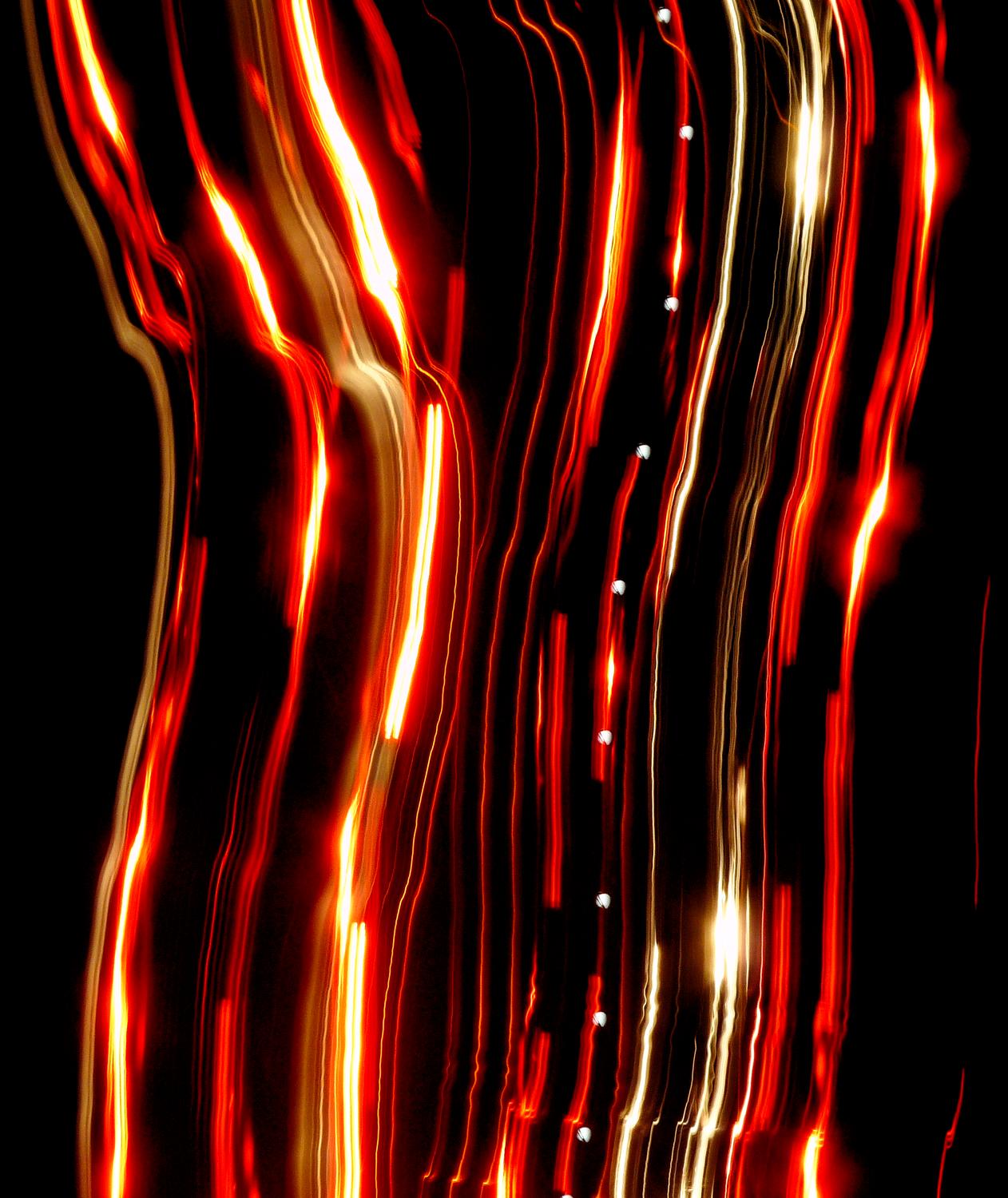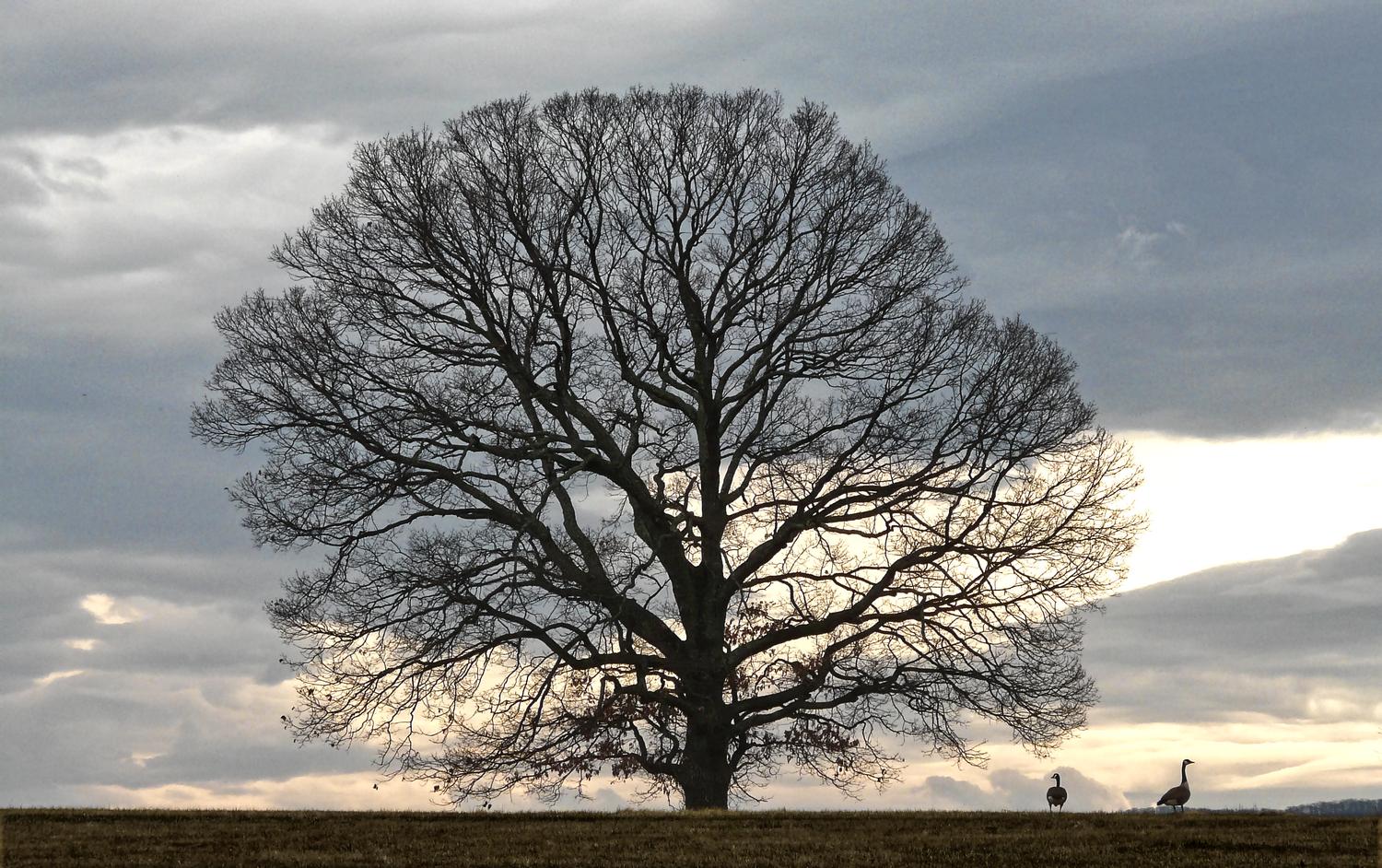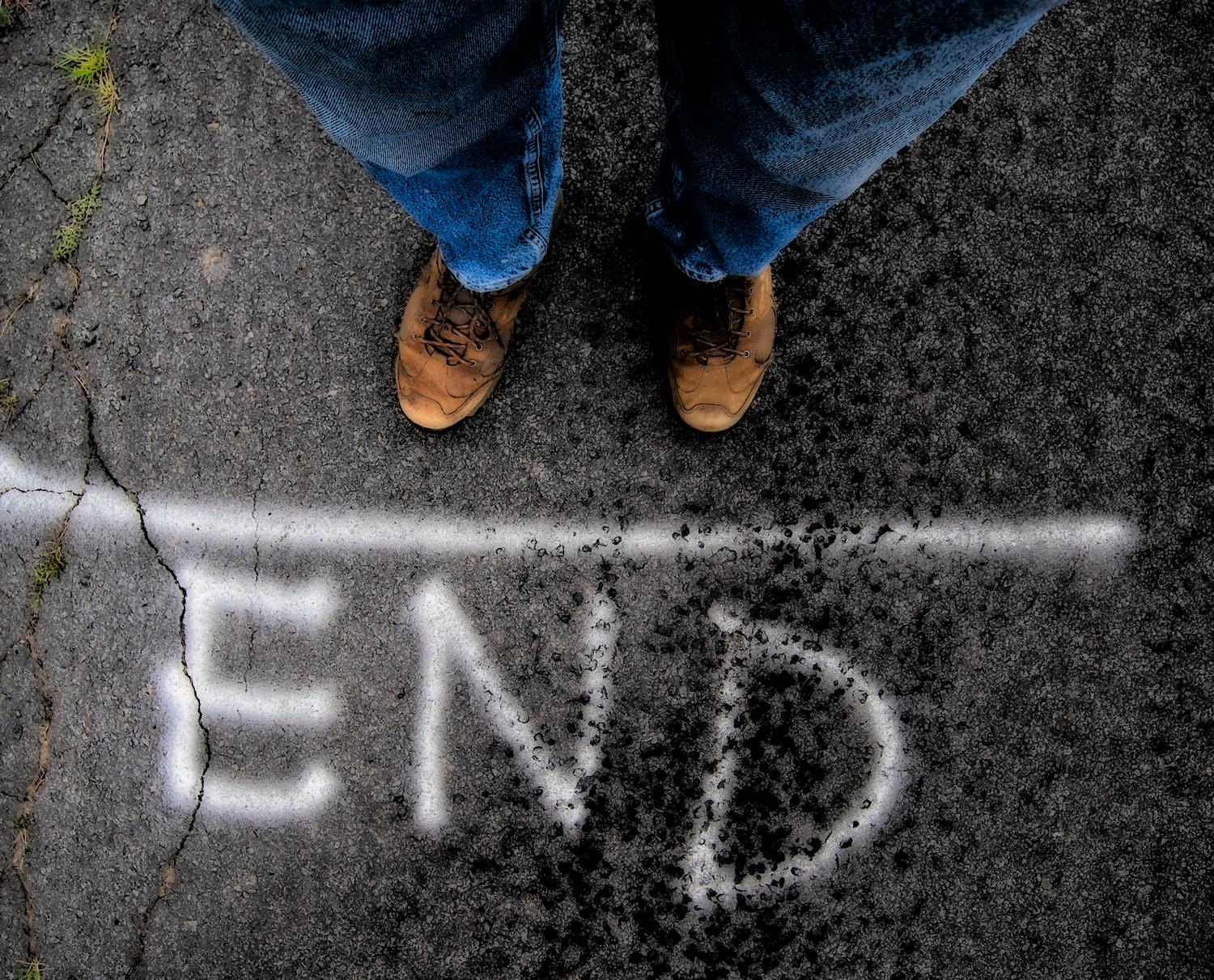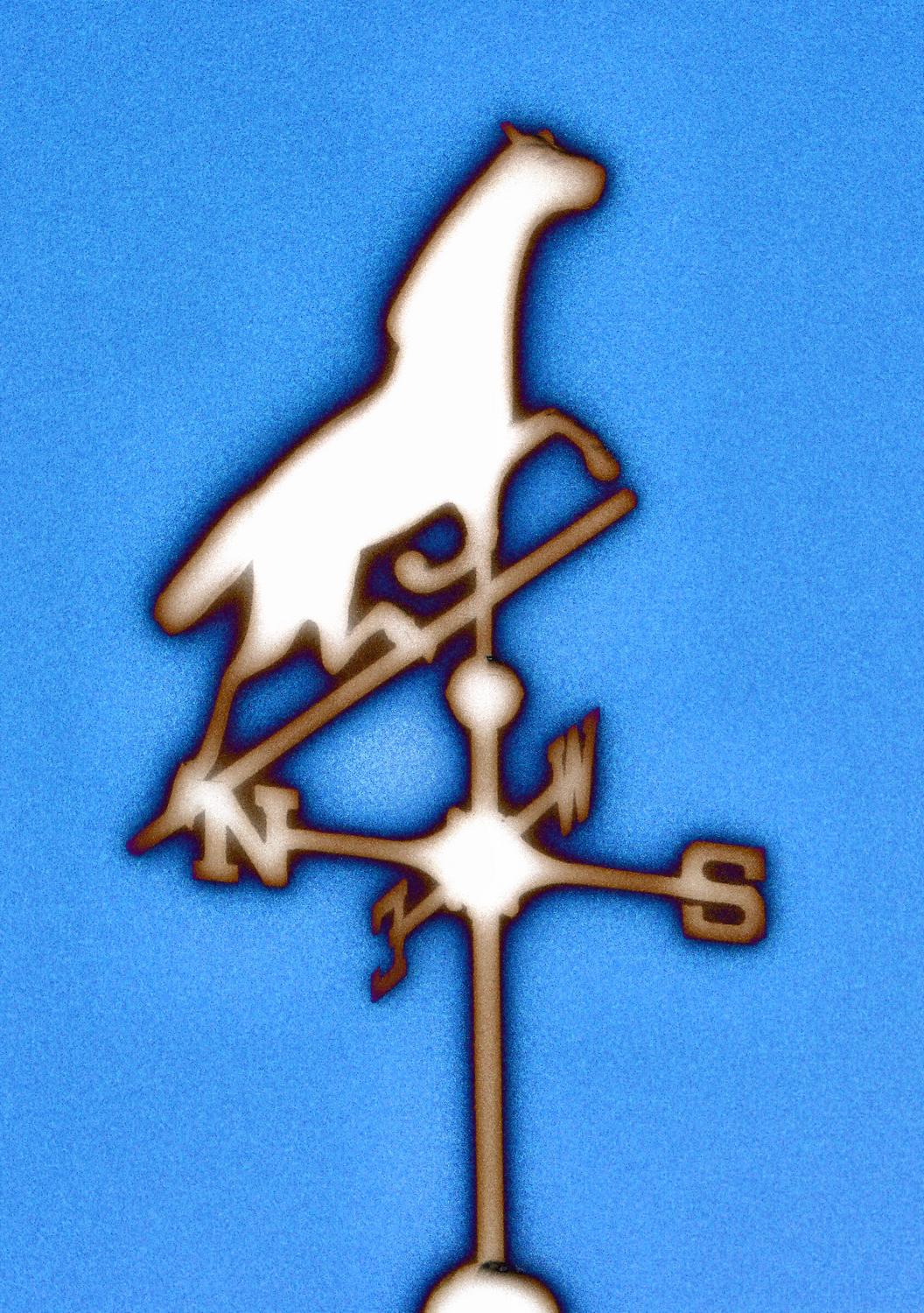|
Build complex toys and simple tools
by Tony Karp
| |||
|

On November 7, 1940, the Tacoma Narrows Bridge collapsed. Ten seconds before the actual collapse, a pigeon landed on one of the bridge's towers. As the bridge started to disintegrate, the pigeon flew away screaming, "Ohmigod, I've killed it! I'm sorry! I'm sorry!" The next day, the pigeon flew over a newsstand where the papers said the collapse was due to poor design and the high winds in the Tacoma Narrows strait. "Wait a minute," the pigeon cried indignantly, "I did it."In the past few weeks, the Internet's pundits and gurus have published a number of articles on the future of "print journalism" and how the Internet threatens to kill off publications that can't adapt to this new business model/paradigm. What they're claiming is that this is that start of a revolution that will surely kill off all who can't adapt.But the future of print journalism is far more complex, and has a far greater history of evolution and survival, than these gurus are letting on. As one who has witnessed and, at times, participated in the last fifty years, I'd like to offer my own viewpoint on this situation.What is print journalism?Print journalism falls into three broad categories -- newspapers, magazines, and books. Newspapers are the most immediate, with a shorter shelf life, used the next day to wrap fish or decorate the bottom of birdcages. Magazines, published weekly and monthly for the most part, have a longer shelf life and provide more depth when discussing a particular situation. They can also devote their coverage to special interests. Woodward and Bernstein took their journalism from the Washington Post to book form to expand their story. All nonfiction books are, in some way, print journalism. Yes, even cookbooks.

Let's start with two basic facts about newspapers:1. Businesses fail for a number of reasons.2. Newspapers are businesses.But when you work in the business, you might get the wrong message from the individual failures, just as the pigeon in the story above. You tend to see it from the perspective of the insider and assume a causal relationship when there is none.One of the articles by an Internet guru took the approach of studying this "revolution" from the perspective of the invention of moveable type and the printing press. While this was interesting, it has very little bearing on the current situation. Far better to study the history of the newspaper in America. For the most part, it's a study in economics.A newspaper is a business. Its expenses are in the form of preparing, printing, and circulating the paper. Its revenue is from subscriptions and newsstand sales, advertising, and "other," which can take many forms, including direct subsidies if the paper is showing a loss. But, in the end, it's just like any business -- survive or die.My father, William Karp, was a print journalist, a reporter for a newspaper in Joliet Illinois, where I was born. The Illinois Newspaper Project lists 171 newspapers for the Will County area, most of them long gone. In 1943, we moved to New York City, where my father worked for NBC, and then took over the management of International News Photos (INP), located in the Mirror Building. INP was eventually folded into UPI, and my father went to work for Merrill Lynch, where he started their newswire distribution service.My first exposure to newspapers was the paper route that I had when I was about twelve. I delivered the Long Island Press and the Long Island Star Journal every afternoon. Both of these papers have long since ceased publication. Later, as a "print journalist," I wrote for magazines and, as a photographer, I've had shots in Life Magazine and done full page ads for the New York Times. Life Magazine is long gone, but the Times has survived.I lived in New York City for over sixty years, and along the way I've seen newspapers begin, and newspapers die. It's always seemed a natural thing, sort of like evolution.

The study of the history of the newspaper in America is the study of evolution, success, and failure. For hundreds of years, newspapers have evolved, meeting new challenges, while some failed and went out of business. A number of times, the death of the newspaper has been predicted, but somehow it hasn't happened.When newspapers started in America, and for the longest time, they were the only source of news. But, as businesses, there were rivalries and competition that, at times, could get a little bloodthirsty. (Study the early history of the Hearst newspapers.) Lots of newspapers were born and died, but it was just business and no one attached any special meaning to it.The first real threat to the printed paper was the invention of radio, far more immediate, and surely this was the end of newspapers. But it wasn't. Radio had limited content, and no visuals. So it took a place beside newspapers and, as part of the evolution, some newspapers started their own radio stations, which probably helped boost their circulation. But the loss of ad revenue to the radio stations probably did kill off a few papers that were just barely surviving.The next big threat was television -- radio with pictures! Surely a full half hour of news with John Cameron Swayze or Walter Cronkite would kill off the newspapers. But it didn't happen. But it did cause a loss of circulation and ad revenue which resulted in a thinning of the herd. From the 1950s to the 1970s there was a dramatic reduction in the number of newspapers in New York, as some tried merging with other papers, but eventually only the strong survived.There may have been some other factors such as newspaper strikes (1962), wars in Korea and Viet Nam, a general tightening of economic conditions, and a changing audience as new York became more of a melting pot then ever. Queens, where I lived, became the most ethnically diverse county in the US. All this, plus a new postwar generation that didn't grow up reading the newspaper, left New York with only a few major newspapers.The newest threat to newspapers, according to the gurus, is the Internet, which will do things like allow pirating of content and distributing it worldwide. But the online versions of newspapers are, for the most part, already free, trying to survive on advertising revenue. It's great to be able to go to the online site of the New York Times. Unfortunately, the online version of most newspapers has such a tiny portion of their printed content that they aren't worth visiting. The real bread-and-butter content for most newspapers is their local coverage, the part the network TV stations ignore, and little of this makes it to the web version. Out here in the boonies of Northern Virginia, we get three local newspapers, all free, with lots of coverage of local events, and lots of ads from local businesses. And not one of these papers has a web site. Imagine that.

Now let's talk about magazines. Only a small percentage of magazines cover real news. Magazines have survived, and will continue to survive, by devoting their coverage to special interests. While there is some duplication of this content on the Internet, available for free, it is tiny, and seldom updated, compared to the in-depth coverage you get from magazines. Some magazines have tried to put their content online in the form of subscription services, but this hasn't worked very well and a number of magazine web sites now offer their content for free, subsidized by advertising. But, like any business, there will be fatalities. New magazines will be born, and some will die, but magazines won't be killed off by the Internet.If you really want to know what's the biggest current threat to print journalism, it's not the Internet. It's George W. Bush's two-wars-and-a-depression economy, which will kill off far more newspapers than the Internet could ever dream of. When the housing market collapses, you lose revenue from real estate ads and ads from lenders. When the job market collapses, you lose revenue from classified ads. When people stop buying things and stores go out of business, you lose revenue from retail ads. And when peoples finances get so tight that they can't afford a newspaper...you get the picture.So what will happen to newspapers as we enter this economic crunch? Like any other business, they will downsize, cut expenses, and look for new sources of revenue, just like any other business. The Washington Post just killed its Business Section. There will be other forms of triage as papers struggle to survive, but many will, and they won't be replaced by the Internet. There will always be people who enjoy reading a real, printed newspaper. They like reading the ads, and they like the high bandwidth of being able to turn the pages without waiting for a page to reload. So hold off the obituary just a while longer.Recently, the Seattle Post-Intelligencer ceased its print version and went web-only. You could blame the Internet for the newspaper's failure, or you could see the Internet as a survival option that let a dying paper cut its staff from 165 to 22. To see this as some kind of a revolution is a mistake. Fifty years ago, this paper would simply have folded. Now it has another survival option. Will it still be a newspaper, or perhaps just a web gimmick? Will the web version survive? Is this a good thing, heralding the future of newspapers? Let's hope not.
Coming soon: -- How the Internet killed off print pornography.-- How the Internet killed off the dinosaurs (they had a long tail).
Copyright 1957-2023 Tony & Marilyn Karp
|
Web Site Design
Systems Design
The Future
About
Recent Entries
|
||